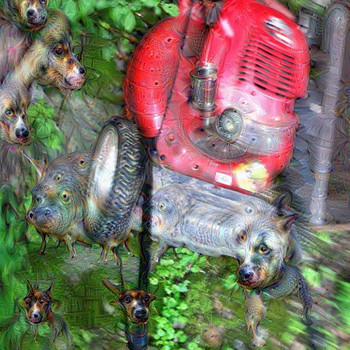A student suggests that the alternative concept of a whole-life might be simpler than a half-life. The whole-life would be the time required for all the radioactive nuclei in a sample to decay. Why would this suggestion not work?
1 Answer
Mathematically, the time required for a whole-life would be infinite.
Explanation:
Exponential decay does not describe a time when all atoms will decay. If you start with a 100 atoms at some point in time, the number of atoms at later times will look something like the following graph.
graph{y = 100*(1/2)^x [-0, 10,-10, 110]}
The graph approaches zero asymptotically, but in never reaches it. All whole-life values would be infinite.
For a specific practical number of atoms, you might be able to describe a time when it will be unlikely to have a single atom remaining. But most whole-life descriptions like this would be very long. One might describe something like 5 half-lives as a time when only one part in 32 of the original number of atoms remain. But the concept of a

